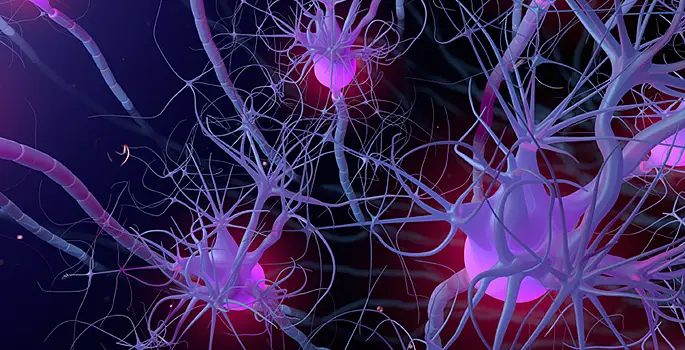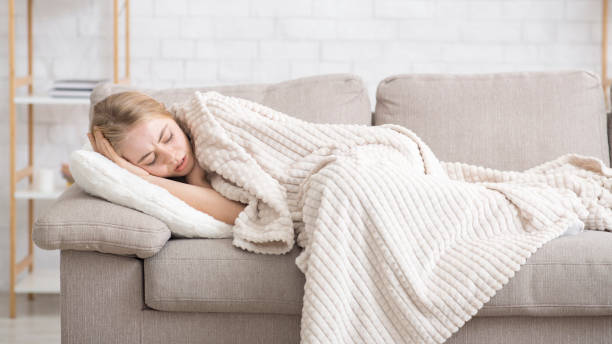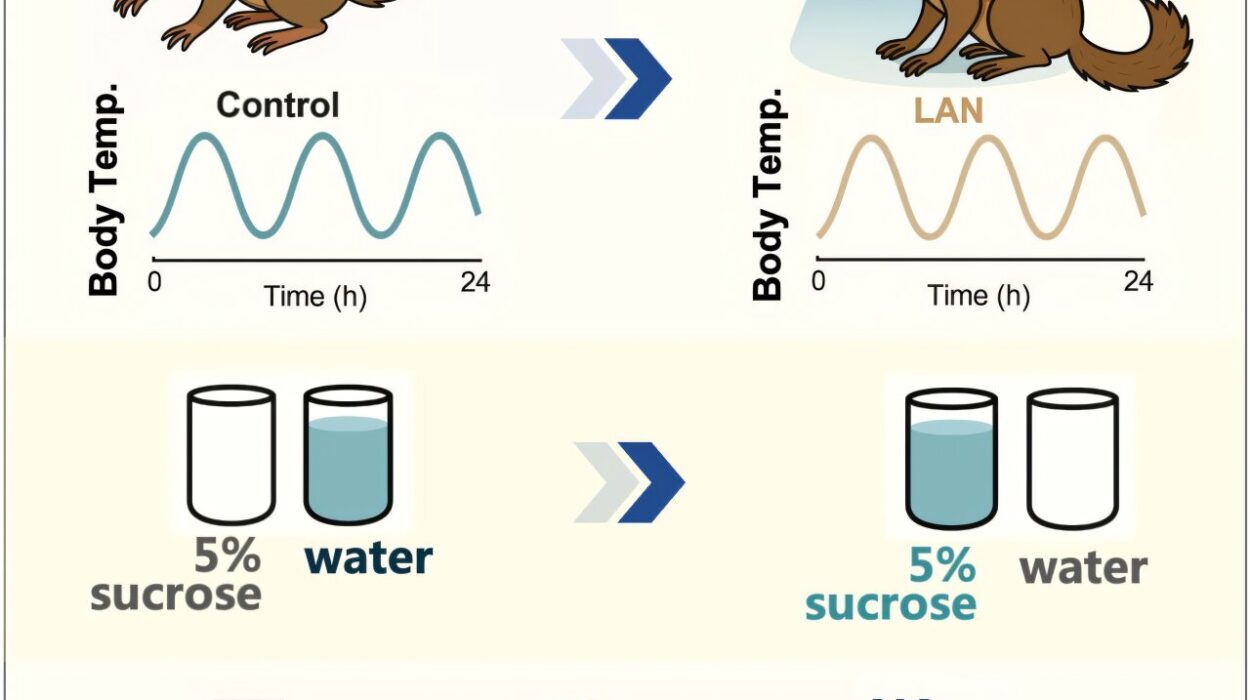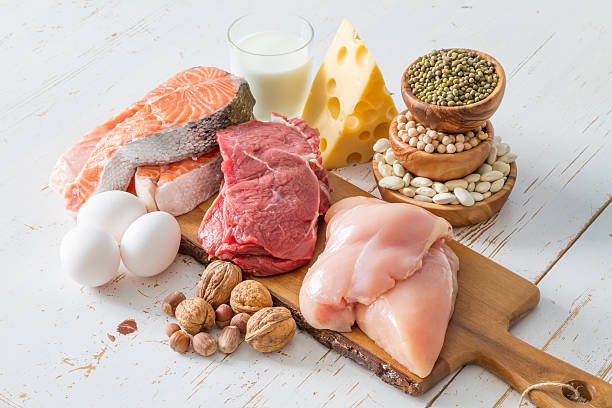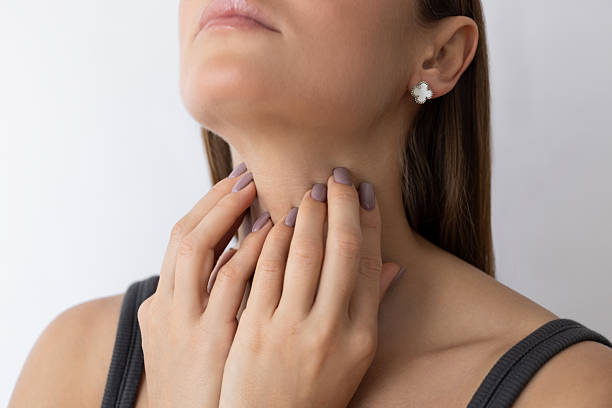Deep behind the brainstem, nestled like a hidden conductor in the back of the skull, lies the cerebellum—a structure no larger than a fist, yet responsible for the orchestra of human movement, balance, and subtle acts of cognition. For decades, neuroscientists have studied its rhythms and signals, yet a crucial piece of its microscopic machinery remained unseen—until now.
In a landmark discovery published in Nature, researchers at Oregon Health & Science University (OHSU) have, for the first time, unveiled the precise shape and structure of critical receptors that link neurons together in the cerebellum. These molecular connections, known as glutamate receptors, are vital for passing signals between brain cells and are key to everything from walking and jumping to learning and memory. Their disruption—through injury or genetic mutation—can derail a person’s ability to move or think clearly.
Using cutting-edge cryo-electron microscopy, a technique that allows scientists to image proteins in near-atomic detail by flash-freezing them, the OHSU team has created a high-resolution map of how these receptors are assembled within the brain’s synapses. It’s a microscopic peek behind the curtain of consciousness—a revelation that could one day lead to therapies to repair damaged brain circuits.
A Molecular Puzzle Comes Into Focus
“This is the first time anyone has seen these specific receptor complexes in their native state, exactly where and how they function in the cerebellum,” said Dr. Eric Gouaux, senior author of the study and a senior scientist at the Vollum Institute at OHSU. “Synapses are critical to every thought, every motion. But until now, we’ve been operating with an incomplete picture of how their parts come together.”
Glutamate is the brain’s most common excitatory neurotransmitter—its primary “on switch.” When one neuron wants to pass a message to another, it releases glutamate into the synapse, the narrow space between them. Receptors on the receiving neuron must be perfectly aligned to catch this chemical signal. Even slight misalignments can short-circuit communication, leading to motor problems, cognitive dysfunction, or worse.
The newly imaged receptor complex, found in rodent cerebellums, appears to be exquisitely engineered to perform its role. Bound tightly with other proteins, it forms a sort of biochemical antenna—tuned precisely to detect glutamate and translate its presence into electrical activity. The placement, clustering, and orientation of these receptors, the study found, is as important as their chemical composition.
“Think of them as locks and keys,” said Dr. Laurence Trussell, a co-author and professor of otolaryngology at OHSU. “If the lock is even a fraction off-center, the key won’t turn. In the brain, that can mean the difference between balance and imbalance, between memory and confusion.”
Cryo-EM: A Window Into the Invisible
The breakthrough was made possible by cryo-electron microscopy (cryo-EM)—a technology so powerful it earned the 2017 Nobel Prize in Chemistry. By rapidly freezing molecules to preserve their structure and then bombarding them with electrons, cryo-EM generates high-resolution images that reveal the tiniest architectural details.
OHSU’s cryo-EM facility, one of just three national centers designated by the National Institutes of Health in 2018, sits in the reinforced basement of a research building along the university’s South Waterfront Campus. There, vibration and electromagnetic interference are minimized to almost zero, allowing researchers to study biological structures at scales previously reserved for theoretical models.
“This technology allows us to see the invisible,” said Gouaux, who also holds the Jennifer and Bernard Lacroute Endowed Chair in Neuroscience Research and is an investigator with the Howard Hughes Medical Institute. “We’re not guessing anymore. We’re observing.”
The Cerebellum’s Untapped Potential
Although the cerebellum has long been associated with movement and balance, recent research is uncovering its role in cognition and emotional processing as well. Its dysfunction has been linked not only to motor disorders like ataxia and tremor, but also to autism, dyslexia, and even schizophrenia.
Understanding how synapses in the cerebellum operate at the molecular level opens the door to precision therapies. Drugs might be developed to strengthen or correct receptor function in patients with neurological injuries or inherited mutations. In the long term, the findings could inspire the design of synthetic synapses—or even “molecular repair kits”—to restore damaged brain circuitry.
“This study gives us the blueprint,” Trussell said. “Now that we understand how these receptors are built and where they live, we can start thinking about how to rebuild them when things go wrong.”
From Discovery to Possibility
Of course, this is only the beginning. The human brain contains hundreds of receptor subtypes, many of which remain structurally mysterious. What OHSU’s team has done is set a precedent—a demonstration that deep, functional structures in living brains can be captured and understood at a level once thought impossible.
Gouaux and his team aren’t stopping here. Their vision stretches beyond basic science and into the realm of synapse engineering—the ability to design or repair brain connections at the molecular level. It’s a future that sounds like science fiction, but one that is becoming more tangible with each frozen sample and captured image.
“In some ways, we’re decoding the language of the brain,” Gouaux said. “And once we understand its alphabet, we can start to write new chapters—about healing, about restoring function, about what’s truly possible.”
As researchers continue to uncover the mysteries locked inside the folds of the cerebellum, one thing is clear: the brain is not beyond repair. With the right tools, the right questions, and a clear picture, science is learning not only how the brain works—but how to help it work better.
Reference: Gating and noelin clustering of native Ca2+-permeable AMPA receptors, Nature (2025). DOI: 10.1038/s41586-025-09289-0
